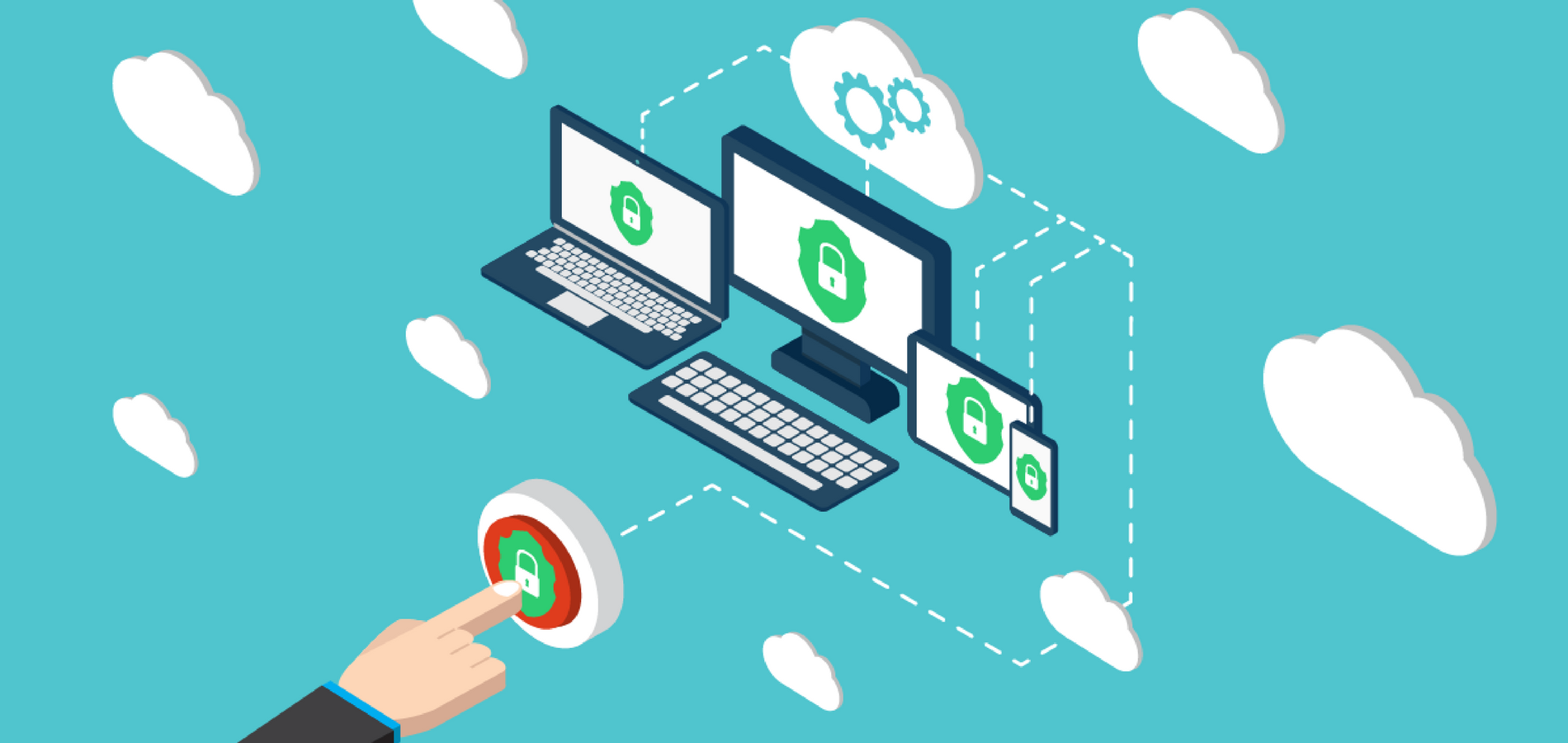
Cyber Threats: 5 Bank Security Tips to Use On Your Home Computer
June 13, 2017
Last fall, the National Security Administration created several tools for the purpose of espionage, and they lost control of their assets to an international hacking group. This group, self-dubbed “Shadow Brokers,” is known for trying to sell data dumps and malware to black market end-users, including hacks that target banking systems. When they weren’t successful in getting people to pay for what they were offering, they started using the information to install ransomware on computers, taking and holding onto data or an operating system until the debt was paid.
“Once Microsoft and NSA became aware of the leak, they immediately handed out a fix to protect us,” said Tim Russell, Technology Services Manager at Security National Bank in Sioux City. “Cyber threats are certainly nothing new in this day and age, especially to those of us in the financial industry, and we’re typically well-equipped against both new and old threats.”
Security National Bank employs a multi-layered defense system that bridges several categories with additional barriers. “We’re in a “Goldilocks” sweet spot,” said Russell. “Our size is small enough to allow us to give personal attention and protection to our customers, yet we’re also large enough to have some pretty substantial protective measures and tools at the ready. And we take those measures seriously.”
While the bank protects data, devices, and accounts with state-of-the-art software and technology, there are steps you can make to take that security a few steps further, both at home and while you travel.
CHECK YOUR OPERATING SYSTEM.
Aging is great for wines, whiskeys, and oak trees, but not for operating software. Microsoft no longer supports Windows 98 or XP, which means it is no longer attempting to fix the malware that attempts to break it. “If you’re running Windows 98 or XP, it’s time to buy a new PC,” adds Russell. “You’re leaving yourself—and all of your data—pretty vulnerable.”
ADD ANOTHER LAYER OF PROTECTION.
Purchase a subscription to antivirus and antispyware software, and keep them both updated. Both are available online from a variety of vendors, including Norton, Kaspersky, and McAfee, and all provide the latest updates and patches for current security problems. Make a habit of updating the software at least once a week to ensure you have the latest versions.
BEEF UP YOUR PASSWORDS.
While it’s easy to create memorable passwords, it’s much safer to create passwords that are hard to remember, using a combination of letters, numbers, and case structures. If you’re worried about being able to remember a random password, consider using your favorite movie or quote, writing it with symbol substitution, like this: ~P@55w0rd Pr0t3cti0n~
BE NATURALLY SUSPICIOUS.
Don’t open email, attachments, or links from people you don’t know, and do not reply to emails that don’t look or sound right. If you wish to learn more about a company that has emailed you, do not click on the embedded email links; instead perform a “clean” search by opening a new browser window and searching from there. While a generic solution (it won’t take you to the same target place as the email), it can help you determine the legitimacy of the business.
CONNECTIONS ARE IMPORTANT.
Avoid online shopping or banking while connected to the free wireless internet offered by coffee shops, restaurants, hotels, and airports. Use your mobile hotspot, if possible, or wait until you get home on your protected network.
In addition to the above, always make sure to create a back-up of your data on a separate drive, server, or cloud account. This isn’t just to protect you from hackers and malware, but also give you additional peace of mind should something physically happen to your devices, as in damage, loss, or theft.
In the end, we’re all only as safe as we try to be. Use the above tips and resources to make sure you are protecting your data and financial information as best as you can.